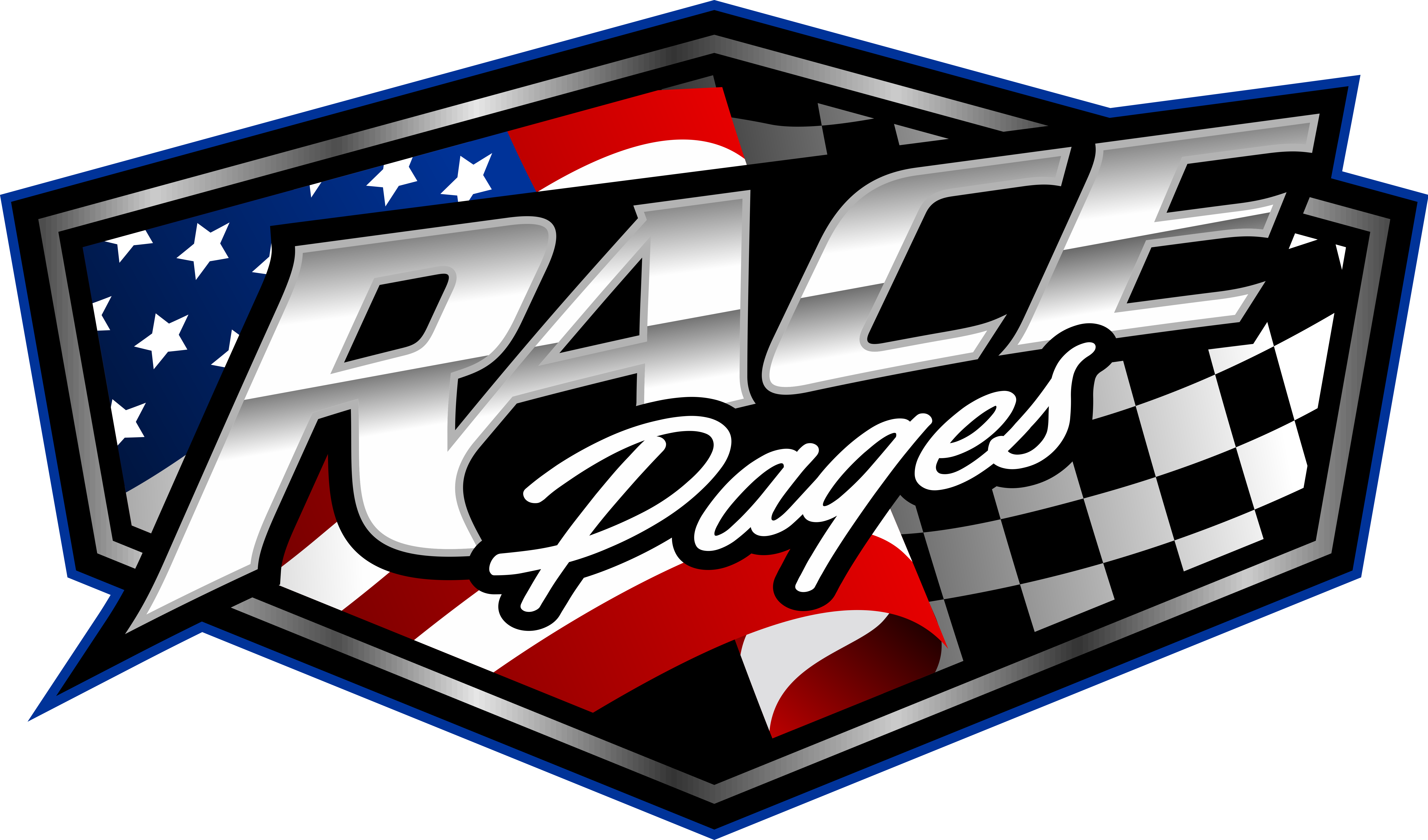On the latest installment of The Wes Buck Show—Drag Illustrated’s flagship program, which just aired its 379th episode—host Wes Buck welcomed a diverse cast of guests, including Farmtruck & AZN from Street Outlaws, 16-time Pomona winner Greg Anderson, NHRA Top Fuel star Clay Millican, and iconic clutch guru Pat Norcia. But amid the wide-ranging discussions, Buck paused to highlight just how pivotal Street Outlaws has been for the sport of drag racing and, more importantly, how he hopes to bring the entire industry under one tent.
“This is really what the show is all about,” Buck said at the top of the broadcast. “It’s the Drag Illustrated mission since day one—to tear down walls and bring the racing community together. I’ve said this seven thousand times at this point, but we strive to be a galvanizing force in the sport of drag racing. Throughout the course of history, this has been a sport that’s insanely segmented, right? We’ve got prep and no-prep, big tire and small tire, nostalgia, the latest and greatest, the pros, the sportsmen, grassroots bracket, Pro Mod—there are all these various iterations. And it’s one of the things that makes the sport special. But what’s happened over a hundred years is everybody kind of cliqued up. Our goal from day one has been to unite those different groups.”
For Buck, Street Outlaws became the perfect lightning rod to ignite interest from all corners. “I really believe you can point to Street Outlaws, going back about 11 years, as a much-needed shot in the arm for drag racing and for car culture in general,” he said. “It brought a whole new audience—people who had maybe never heard of Pro Mod or wouldn’t normally watch an NHRA race. All of a sudden, they’re seeing these big personalities, these guys who’ve got grease on their hands, maybe working out of a small garage, and they realize you don’t need a million dollars to be part of this scene.”
Buck explained how the show dismantled the old narrative of elitism. “They didn’t showcase giant, multi-million-dollar operations,” he continued. “They showcased local heroes, folks who pulled engines in their driveways, who had to bust knuckles just to keep a car running. It made it cool—fashionable, honestly—to be a car guy again. Or a car gal, for that matter. And I think the new fans they attracted are fans we might never have seen otherwise.”
That infiltration of fresh faces isn’t just anecdotal. Buck has witnessed the changing crowd demographics firsthand, including at his own events. “When I have people come up and say, ‘I’ve never been to a drag race before, but I watch Farmtruck & AZN or I watch Kye Kelley—so I decided to come check it out,’ that’s a big deal. We’re talking about new energy, new eyeballs, new blood. It doesn’t matter if they grew up watching NHRA on ESPN or if they’d never heard of a timing system in their life. They love cars, they love personalities, and that’s enough.”
Still, Buck makes it clear the real triumph is bridging the gap between every style and sanction of drag racing. “At what point in drag racing history would you talk to guys who routinely street race and no-prep race, and then—on the same show—talk to an NHRA Pro Stock icon like Greg Anderson? It’s just so cool to see these groups being presented as one. I want Greg Anderson to be mentioned in the same breath as Farmtruck & AZN, but I also want Farmtruck & AZN to be mentioned in the same breath as Clay Millican. It’s a ‘high tide lifts all boats’ kind of situation.”
He’s also forthright about Drag Illustrated’s mission to unify an often fractured sport. “We’ve got pros and sportsman racers, big tire and small tire, radial and slick, import and domestic. We’ve always been notoriously cliqued-up. Our goal at Drag Illustrated from the get-go was to tear those walls down. The minute we realize we’re all sharing the same passion is the minute drag racing becomes unstoppable. That’s why we work so hard to put these conversations in front of everyone.”
As Buck sees it, Street Outlaws is integral to that unity—its popularity suggesting a blueprint for how racing, culture, and personality can merge to create sustained interest. “I’m proud of how it’s brought a new, younger crowd. I’m proud of how it’s made those do-it-yourself, grassroots racers into household names. And yeah, it’s gotten some flak from the purists, but at the end of the day, it’s putting butts in seats and fresh eyes on the track. That’s invaluable.”
He closed the show by doubling down on his commitment to “galvanizing” drag racing. “We’ve got to embrace the entertainment side,” Buck said. “Yes, it’s serious competition—people invest their life savings, their blood, sweat, and tears. But it’s still an entertainment product. We need more people seeing how awesome this sport is—whether it’s on a leased street, a no-prep dragstrip, or a national event. I believe if we keep standing together and keep bridging these gaps, there’s nothing drag racing can’t accomplish. Let’s tear the walls down, once and for all.”
This story was originally published on April 3, 2025.
The post Wes Buck Talks Significance of Street Outlaws on Drag Racing, Making Car Culture Fashionable & More first appeared on Drag Illustrated.
